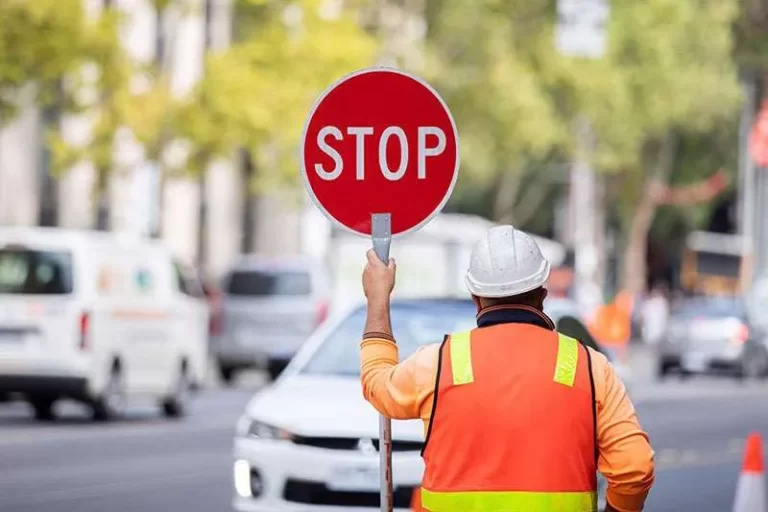Urban areas around the world face significant traffic congestion challenges. Effective traffic management strategies are essential for ensuring smooth transportation, reducing pollution, and improving the quality of life for residents. Here are the top 10 traffic management strategies for urban areas.
- Intelligent Traffic Signal Systems
Modern traffic signals that use real-time data to adjust the timing of lights can significantly reduce congestion. These systems, part of Capital Traffic control solutions, use sensors and cameras to monitor traffic flow and optimize signal timing accordingly.
- Public Transportation Enhancement
Investing in reliable and efficient public transportation can reduce the number of private vehicles on the road. Cities that provide robust bus, tram, and metro systems see lower traffic congestion and pollution levels.
- Congestion Pricing
Implementing congestion pricing, where drivers are charged a fee to enter high-traffic areas during peak times, can discourage unnecessary car trips and encourage the use of alternative transportation methods.
- Carpooling and Ridesharing
Promoting carpooling and ridesharing can decrease the number of vehicles on the road. By sharing rides, commuters can reduce their travel costs and contribute to lower traffic volumes.
- Bicycle and Pedestrian Infrastructure
Developing dedicated lanes for bicycles and safe pathways for pedestrians encourages people to walk or cycle, reducing reliance on cars. This approach not only eases traffic but also promotes healthier lifestyles.
- Parking Management
Efficient parking management, including the use of smart parking systems, can prevent drivers from circulating around blocks searching for parking spots. This reduces unnecessary congestion and emissions.
- Urban Planning and Zoning
Strategic urban planning and zoning can minimize the need for long commutes. By creating mixed-use developments, where residential, commercial, and recreational areas are close to each other, cities can reduce travel distances and times.
- Traffic Calming Measures
Implementing traffic calming measures such as speed bumps, roundabouts, and narrowed roads can slow down traffic in residential areas, making streets safer for pedestrians and cyclists.
- Real-Time Traffic Information
Providing drivers with real-time traffic information through mobile apps or electronic road signs allows them to choose less congested routes, thereby distributing traffic more evenly across the network.
- Autonomous Vehicles
The advent of autonomous vehicles promises to transform urban traffic management. These vehicles can communicate with each other and traffic management systems to optimize travel routes and reduce congestion.
Incorporating these strategies can lead to significant improvements in urban traffic management. By adopting solutions like intelligent traffic signals and promoting public transportation, cities can create more efficient and livable urban environments. Capital Traffic control solutions are crucial in implementing many of these strategies, offering innovative approaches to managing urban traffic effectively.


Comments are closed.